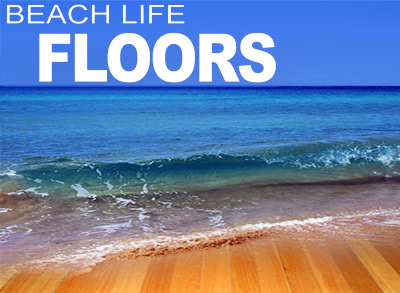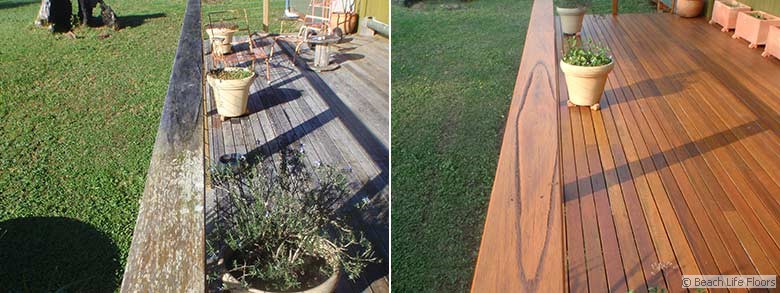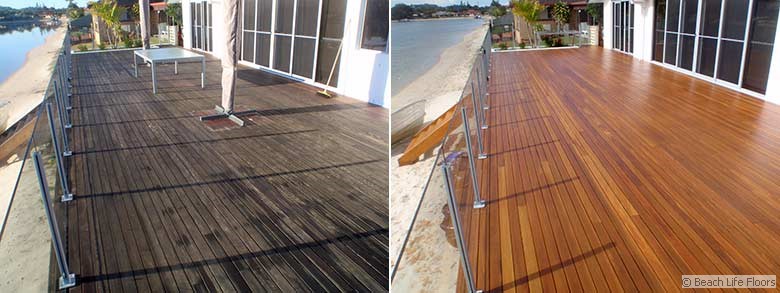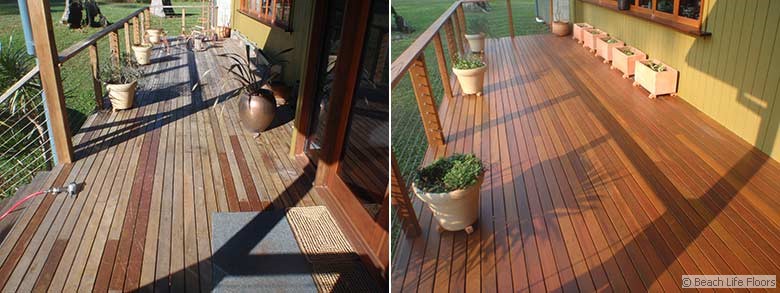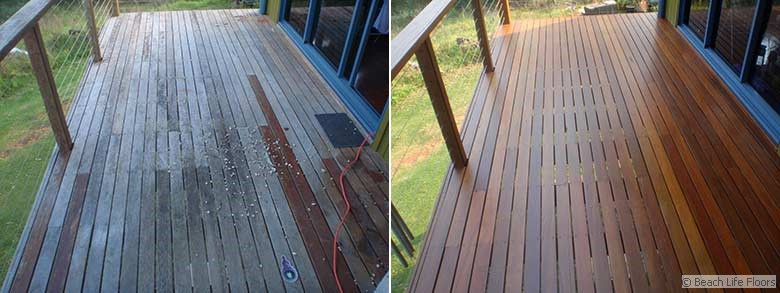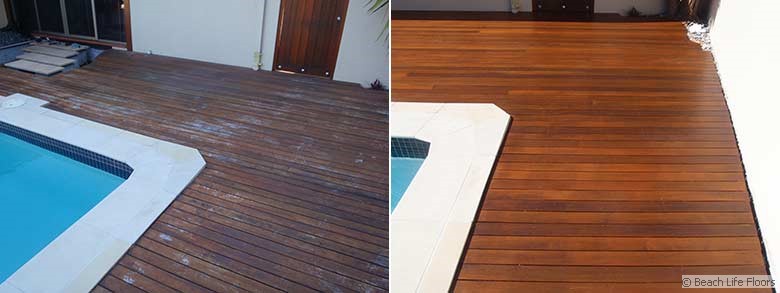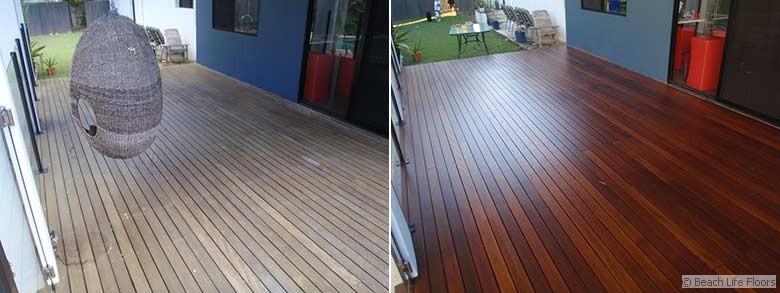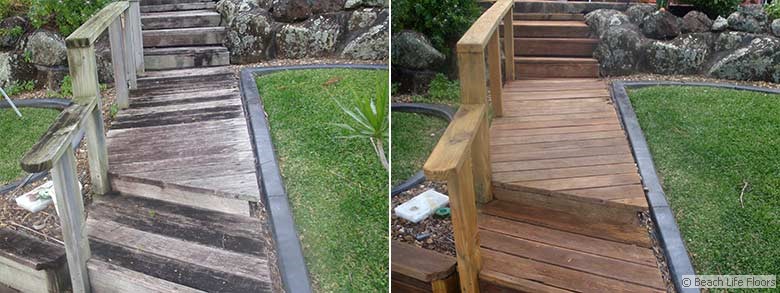Timber Floor Sanding Preparation
- The starting date for sanding and coating floors is critical in relation to other trades
- Carpentry, electrical, plastering, plumbing and glazing must be completed before work on the floor can start
- Any silicone or silicone based product which comes into contact with the floor after sanding but prior to any of the three coats will cause rejection of the coating. Silicon is often found on the footwear of plumbers and glaziers.
- Adequate lighting and power must be made available
- Arrangements must be made for clear and safe access to the site
- In some instances arrangements should be made for alternative accommodation bearing in mind the wet floor areas which cannot be walked on and the likelihood of strong fumes.
Hints for the home owner
- Seal any access areas such as fireplaces and vents that could allow dust to enter the room – use masking tape and paper
- Cover light fittings to prevent dust from gathering on them
- Fold curtains into plastic bags and seal at the top
- Cover all non-moveable furnishings using paper, drop sheets or plastic (using masking tape to secure)
What you can expect from Beach Life floors
- A comprehensive quote detailing all work to be carried out, including types of coatings to be used
- Expert sanding and coating
- Nails punched prior to starting sanding
- Nail holes, knots, holes and gaps at the end of boards will be filled with the appropriate putty filler
- A professional timber floor coating that will provide many years of beauty and pleasure providing it is properly maintained
Please do not expect...
A complete dust free environment!
Modern sanding machinery is fitted with dust collecting equipment and we always endeavor to clean up by vacuuming and wiping down surfaces, but it is virtually impossible to totally eliminate dust from the job area which has a couple of consequences:
- There will always be some dust particles that settle on the newly finished floors
- There will always be an amount of dust that will settle throughout the rest of house
Please do not expect... (more)
- Removal of deep cuts such as those from carpet trimming knives or removal of other deep gouges in your timber boards
- Removal of stains from within the boards and around nail holes such as animal urine and water marks
- Filling of the gaps between boards. These gaps are not filled because subsequent shrinkage and expansion of the timber will cause cracks in the filler
- Boards that have been damaged by borer to have the same gloss level as those in good condition
- Areas filled with putty to have the same look and feel as the timber after application of coatings
Things you should be aware of
- Any silicone on a floor will cause rejection of subsequent coats of polyurethane. Silicone or silicone based products also include spray on ironing aids, hair sprays, fly sprays etc.
- Halogen down lights can produce a cobweb effect on the coatings
- On some jobs there may be slight marking on skirting boards from contact with the edger. That is why we recommend to leave painting skirts until after the floor is finished.
- You are likely to get some variation in colour and grain between new and old boards
